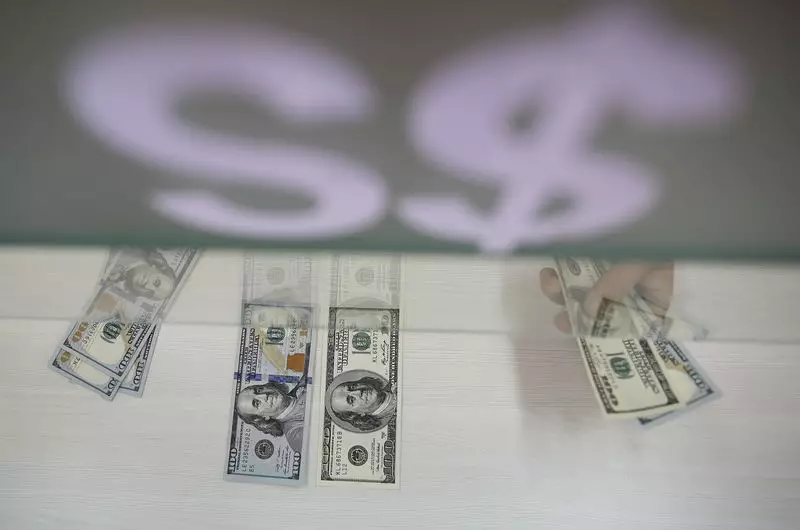The cryptocurrency sector has remained a controversial yet captivating component of the financial landscape in recent years. Following the rapid growth of digital assets, varied regulatory responses have emerged globally, often creating significant challenges for companies operating in this space. As the United States prepares for a change in leadership, the approach of President-elect Donald Trump towards cryptocurrency regulation is drawing considerable attention. Reports indicate that Trump plans to utilize executive powers to alleviate the burdens that cryptocurrency firms currently face. This anticipated shift could mark a significant departure from recent regulatory stances, which many consider to be overly stringent.
Proposed Executive Orders and the Crypto Advisory Council
Central to Trump’s plan appears to be the establishment of a crypto advisory council, an initiative he initially proposed in July 2023. This council is expected to comprise approximately 20 members, whose expertise will focus on formulating a government stance that is aligned with the needs and aspirations of the digital asset community. By signing an executive order to create this council, Trump is signaling his administration’s intent to embrace a more accommodating regulatory environment. This marks a critical pivot from the previous administration’s approach, which often leaned towards regulatory scrutiny and caution, primarily aimed at protecting consumers from potential fraud and illicit activities.
In addition to the advisory council, Trump’s team is reportedly considering directing the Securities and Exchange Commission (SEC) to overturn the 2022 accounting guideline known as “SAB 121.” This guideline has reportedly deterred banks from holding cryptocurrencies, significantly inflating operational costs for companies dealing with digital assets. Such an order could alleviate some of the friction that crypto companies encounter in their interactions with financial institutions, potentially facilitating smoother transactions in this burgeoning market.
Another proposed adjustment involves the cessation of “Operation Choke Point 2.0.” This term has emerged in crypto circles, referring to what many industry leaders perceive as a concerted effort by bank regulators to restrict the operations of cryptocurrency companies by pressuring banks to withdraw services from them. While regulatory bodies insist there is no coordinated effort to undermine cryptocurrencies, the perception within the crypto community is that such resistance exists. Ending this operation could serve as a significant boon for cryptocurrency firms, reinstating their access to essential banking services and mainstream financial support.
The anticipated actions from Trump’s administration stand in stark contrast to those implemented under President Joe Biden’s administration. The latter has adopted a more aggressive regulatory posture, with the SEC engaging in litigation against major exchange platforms, including Coinbase, Binance, and Kraken. The rationale behind this increased scrutiny is rooted in concerns about consumer protection, fraud, and compliance with anti-money laundering laws. As such, the divide between the two administrations’ approaches not only highlights the varied perspectives on cryptocurrency but also underscores the complexities involved in establishing a coherent regulatory framework.
Despite the optimism expressed by Trump’s supporters regarding potential industry expansion and innovation, critics argue that such a relaxed regulatory environment may pose risks akin to the instances of fraud and abuse seen in recent years. High-profile cases involving disgraced figureheads like Sam Bankman-Fried and other executives associated with major exchanges have raised alarms about the dangers lurking within the crypto sphere.
The Road Ahead for Cryptocurrency
As Trump prepares to implement these sweeping changes, the broader implications for the cryptocurrency market remain to be seen. Should these executive orders come to fruition, they could herald a new era for digital assets in the U.S., potentially allowing cryptocurrencies to move closer to mainstream acceptance. However, this potential transition will require careful balancing of innovation with consumer protection to stave off the kind of turmoil that has plagued the industry in recent times. Overall, the new administration’s approach will set a critical tone for the future of cryptocurrency regulation in America, making it a vital area for stakeholders to monitor closely.


Leave a Reply